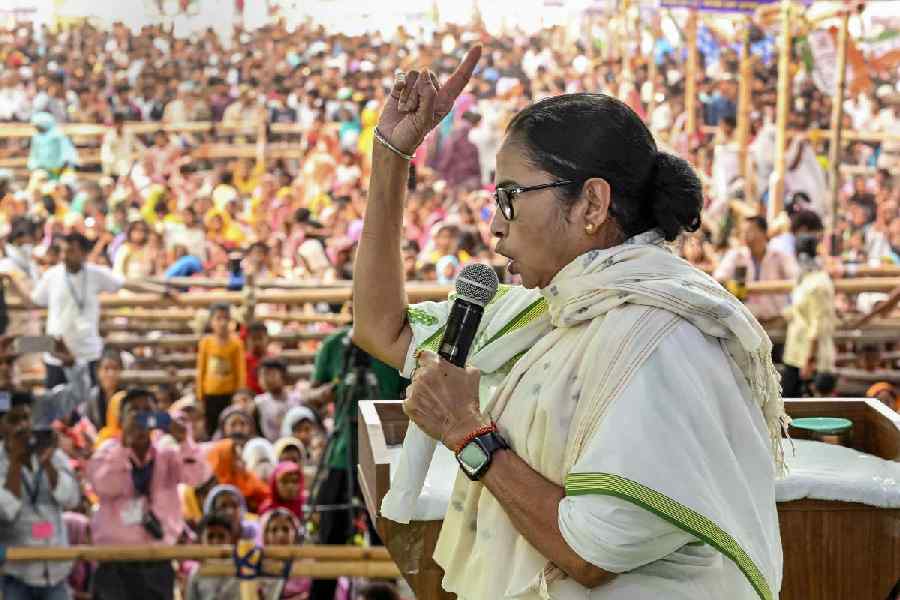Archaeologists have come across a 170-year-old rare inscription carved on a block of wood at a temple in Odisha’s Puri district.
A three-member team of the Indian National Trust for Art and Cultural Heritage (INTACH) chanced upon the finding during a survey of archaeological remains at Delang area in Daya-Ratnachira river valley.
An engraved wooden platform around 170 years old was found in Paschima Somnath temple in Harirajpur village located near Khurdagada Fort, which was the capital of the Bhoi dynasty, INTACH project coordinator Anil Dhir said. Deepak Kumar Nayak and Bikram Nayak were other members of the team.
“The inscription reads Ramachandra debanka 44 ankare tolaa or the temple was constructed in the 44th year of King Ramachandra Deva III,” Deepak Kumar Nayak said.
It is clear the wooden platform was constructed around 1852-53, he said.
As per Khurda Itihasa, a book written by eminent historian Kedarnath Mohapatra, the Bhoi dynasty had four rulers, each named Ramachandra Deva.
Of them, only Ramachandra Deva III had ruled for above 44 regnal years (from 1817 CE to 1854 CE), while the others had shorter reigns.
The wooden block was originally installed in the Bhogamandapa in front of the main shrine but later kept in a subsidiary temple, Dhir said.
"Copper and rock-cut inscriptions last for a long time but wooden inscriptions wither away. Finding a wooden inscription in such a pristine condition is rare,” he said. The temple is located close to the site where an Utkal University team led by Kishore Basa had unearthed two skeletons and archaeological artifacts a few years ago. The findings suggest early settlement of the area, Dhir said.
He said many artifacts and archaeological remnants of early period temples have been found in the area.
"Unfortunately, most walls of the Khurdagarh Fort have crumbled and the stone blocks have been carted away. The natural moat, which existed on three sides of the fort, is now being filled up. The team has also discovered ancient step-wells in the vicinity,” he said.
The INTACH team suggested that a detailed survey of the area should be carried out by the Archaeological Survey of India (ASI) or the state Archaeological Department and the existing heritage should be protected.










